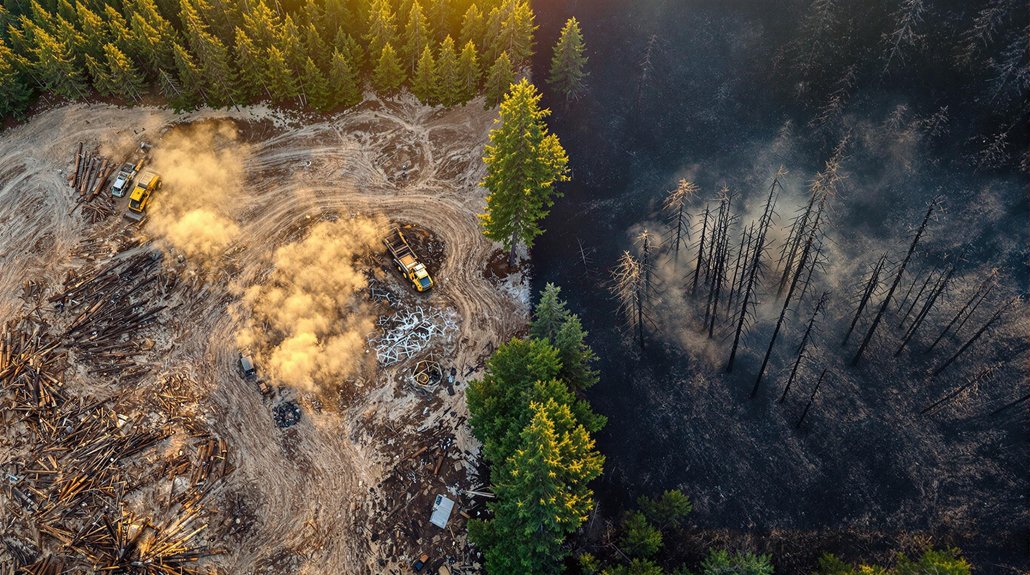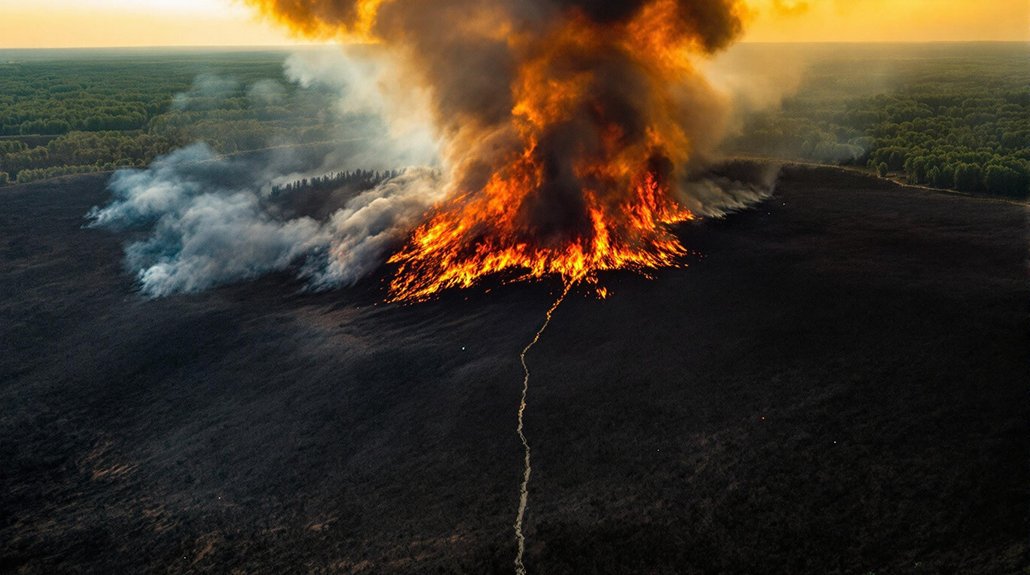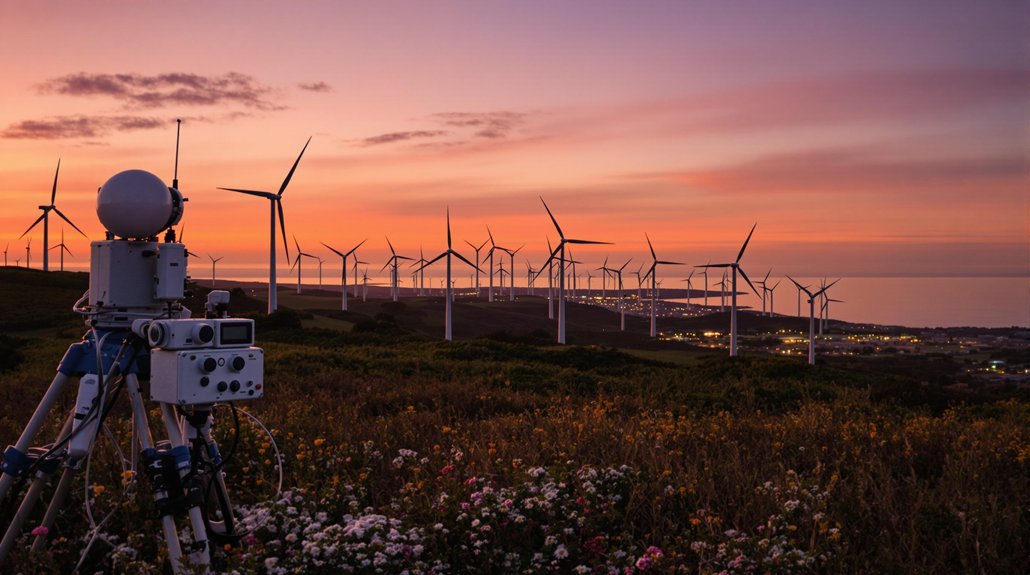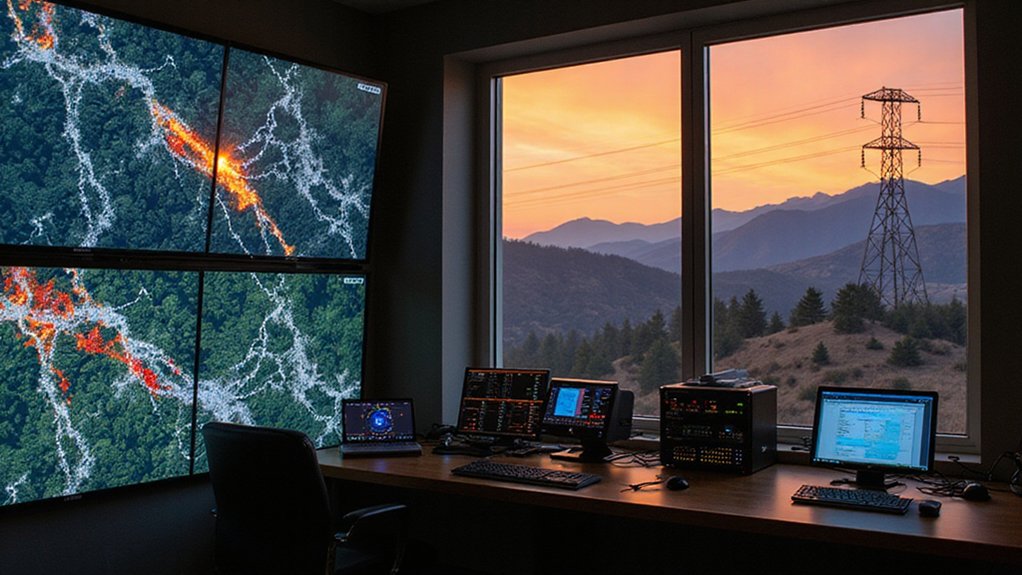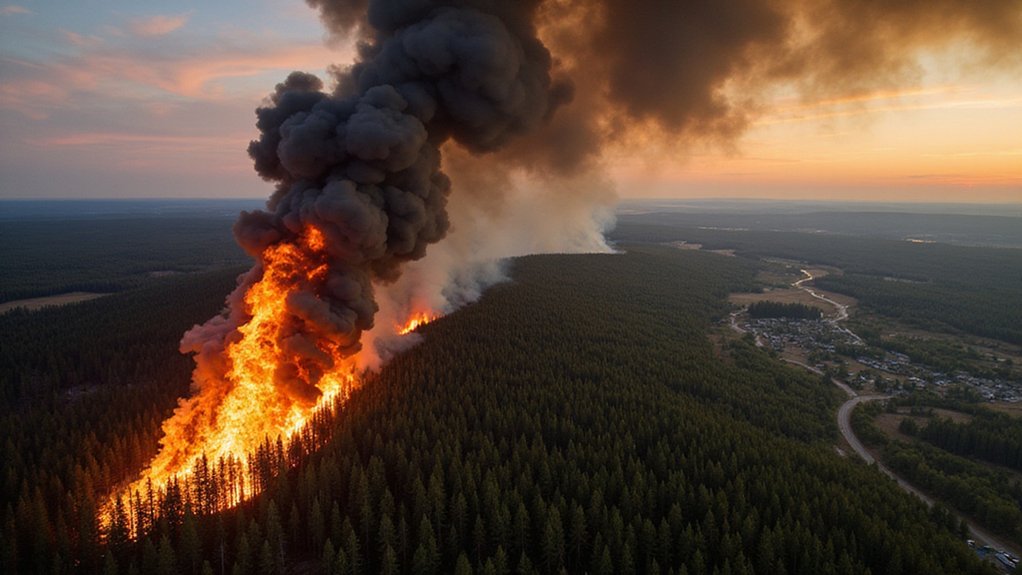The Trump administration aggressively promoted logging in national forests, claiming it would reduce wildfire risk. However, scientific research indicates commercial logging often fails to deliver these benefits and may actually increase fire danger in many locations. While strategic thinning and prescribed burns can help in specific areas, experts emphasize climate conditions as the primary wildfire drivers. Environmental groups have challenged these policies through lawsuits, citing insufficient scientific assessment and environmental review. The debate highlights tensions between industry interests and ecological sustainability.
The Trump administration has aggressively pushed logging policies across America’s national forests while claiming these efforts would reduce wildfires. Over the course of his presidency, Trump rolled back environmental protections affecting more than half of U.S. national forests, using emergency designations to speed up logging projects that would normally face more thorough review.
Federal land managers were directed to prioritize timber harvesting while limiting environmental reviews and restricting objections to these projects. The administration signed executive orders that increased timber harvests on federal lands, opening 67 million acres of high-risk wildfire areas and an additional 78 million acres affected by infestation for logging operations.
Federal policies favored timber extraction over environmental safeguards, unlocking 145 million acres for logging under wildfire prevention claims.
Interior Department officials were found to have manipulated scientific data about carbon emissions from wildfires. They compared these emissions to state-level electricity generation to build a case for increased logging. Former Interior Secretary Ryan Zinke specifically blamed environmental radicals for California wildfires, furthering this narrative. This was part of a broader message that removing trees and debris would prevent severe wildfires.
However, many fire ecology experts point out that climate conditions play a dominant role in wildfire growth and severity. Research shows that logging’s impact on wildfire behavior varies greatly depending on location and conditions. While strategic thinning combined with prescribed burns may help in some areas, broad commercial logging often doesn’t deliver the promised benefits. This approach overlooks how climate change is accelerating the water cycle, leading to soil moisture depletion that makes forests more vulnerable to catastrophic fires.
Conservation groups have challenged these policies through lawsuits, arguing that fast-tracked logging bypasses proper environmental assessments and reduces public input. Many projects proceeded with limited tribal consultation or citizen review, raising concerns about long-term forest health.
Industry supporters maintain that partnerships for thinning and burning projects benefit public lands, while critics argue these approaches prioritize profits over environmental sustainability. The accelerated timber production was presented as an economic boost for the industry. The Forest Service was instructed to increase timber volume offered by 25% over just four to five years.
The conflict highlights the tension between competing approaches to forest management – one focused on resource extraction and another emphasizing sustainable practices that account for climate change’s role in increasing wildfire risk. Scientists continue to stress that oversimplified solutions often overlook the complex nature of forest ecosystems.
